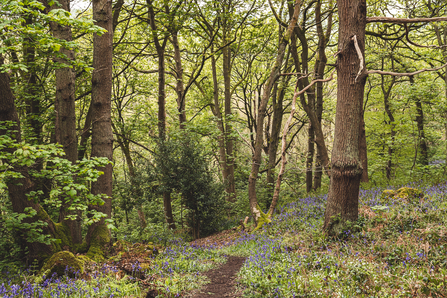
My name is Ruth and I am the Nature Recovery Adviser! Since May this year, I’ve been working with the Nature Recovery Team, advising how to protect Derbyshire’s landscapes. It is a busy and growing team and we tackle a real variety of conservation projects, as we work towards making 33% of Derbyshire managed for wildlife by 2030. Using environmental records, maps and field surveys, we assess existing habitats and species across Derbyshire, researching strategic land for habitat enhancement and rewilding. It’s so rewarding to work towards a wilder future.

